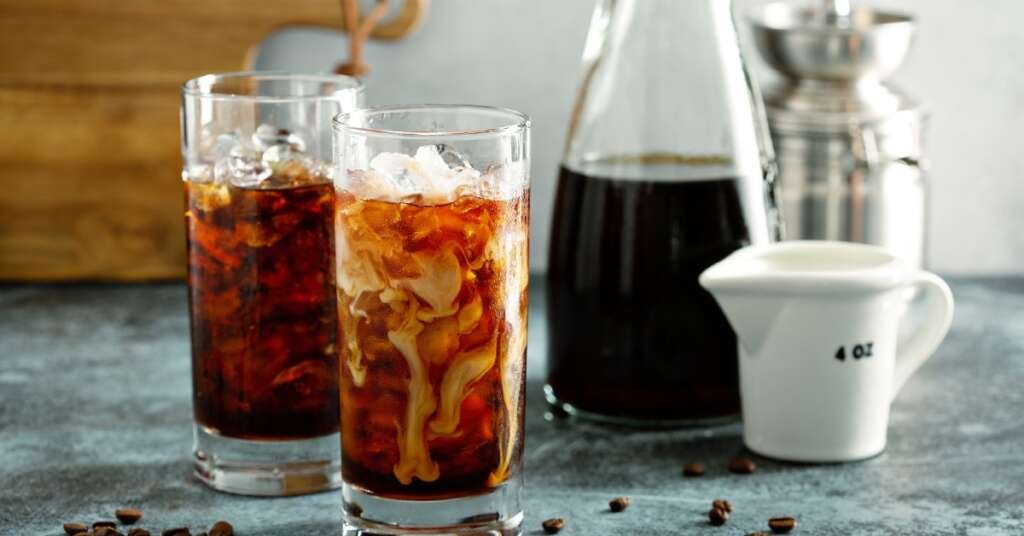Are you a coffee enthusiast pondering the difference between cold brew and regular coffee? These two popular beverages offer distinct flavors, preparation methods, and benefits. Understanding these differences can enhance your appreciation and enjoyment of coffee. Let’s get deeper into what sets cold brew apart from regular coffee, dissecting everything from their brewing processes to their unique taste profiles.
Brewing Methods
To make cold brew, coarsely ground beans must be steeped in cold water for around 12 to 24 hours, which means it’s an easy brewing method for making coffee at home. The prolonged steeping time allows the water to extract flavors slowly, resulting in a smooth, rich concentrate that you can dilute with milk or water.
Regular coffee, on the other hand, undergoes a much faster brewing process. Hot water passes through finely ground coffee beans, with total brewing times ranging from a few seconds (espresso) to several minutes (drip coffee). The heat expedites the extraction of flavors and oils and produces a robust, aromatic cup.
Flavor Profiles
Cold brew offers a distinct flavor experience compared to regular coffee. The slow, cold extraction method minimizes acidity and bitterness, leading to a smoother, sweeter taste. Many drinkers appreciate its subtle chocolate and caramel notes, which shine through without the sharper edges often found in hot-brewed coffee.
Regular coffee’s flavor varies greatly depending on brewing time, temperature, and grind size. Generally, it delivers a brighter, more acidic profile with pronounced bitterness. These characteristics can highlight the complex flavors and aromas of different coffee beans.
Caffeine Content
Caffeine levels differ significantly between cold brew and regular coffee due to their brewing methods. Cold brew typically has a higher caffeine concentration because of the extended steeping time and higher coffee-to-water ratio. However, most people dilute cold brew concentrate before drinking it, which can adjust the final caffeine content.
Regular coffee generally contains less caffeine per serving compared to cold brew, but this can vary based on the type of coffee and brewing method used. A standard cup of drip coffee may contain anywhere from 90 to 120 milligrams of caffeine, while a shot of espresso can pack around 63 milligrams.
Convenience and Shelf Life
Cold brew offers remarkable convenience, especially for those with busy mornings. Preparing a large batch in advance provides ready-to-drink coffee for several days, eliminating the need for daily brewing. Its longer shelf life—up to two weeks when refrigerated—makes it a practical choice for meal preppers and busy professionals.
Regular coffee, though quicker to brew, lacks the same shelf stability. Freshly brewed coffee tastes best immediately after preparation and can become stale or bitter if left to sit for too long. For those who enjoy their coffee fresh and piping hot, the quick brewing process remains ideal.
When you understand the key differences between cold brew and regular coffee, you can choose the right beverage for your taste buds and lifestyle. Whether you prefer the mellow sweetness of cold brew or the bright intensity of regular coffee, there’s a perfect cup out there waiting for you.
